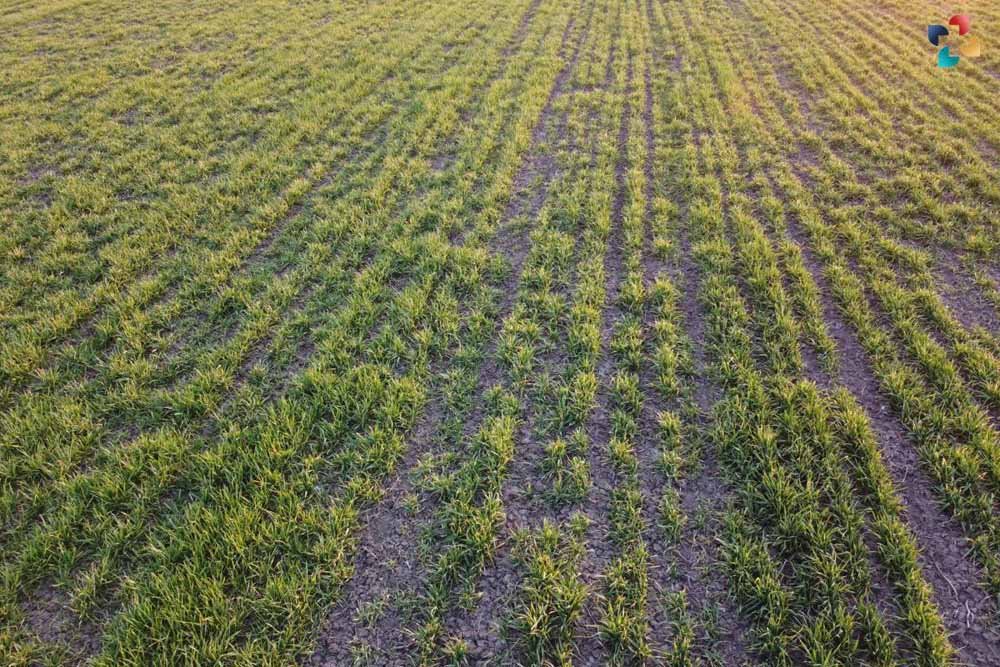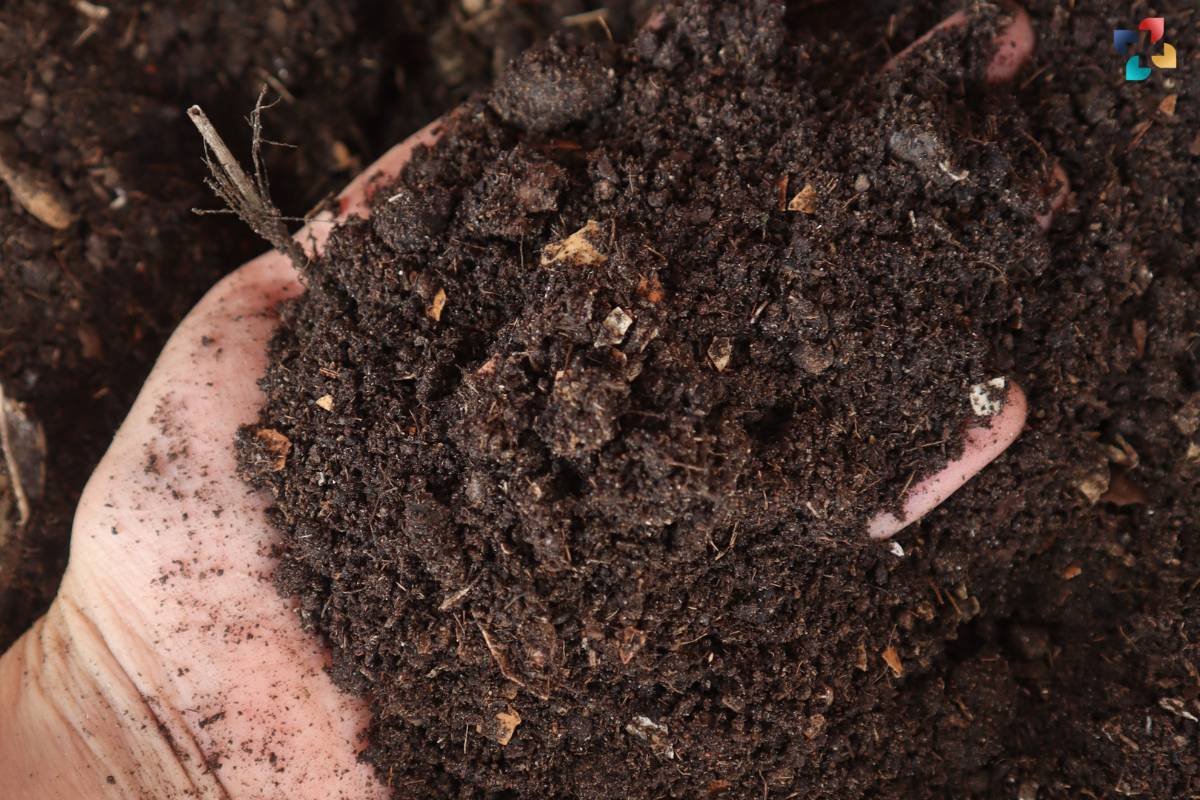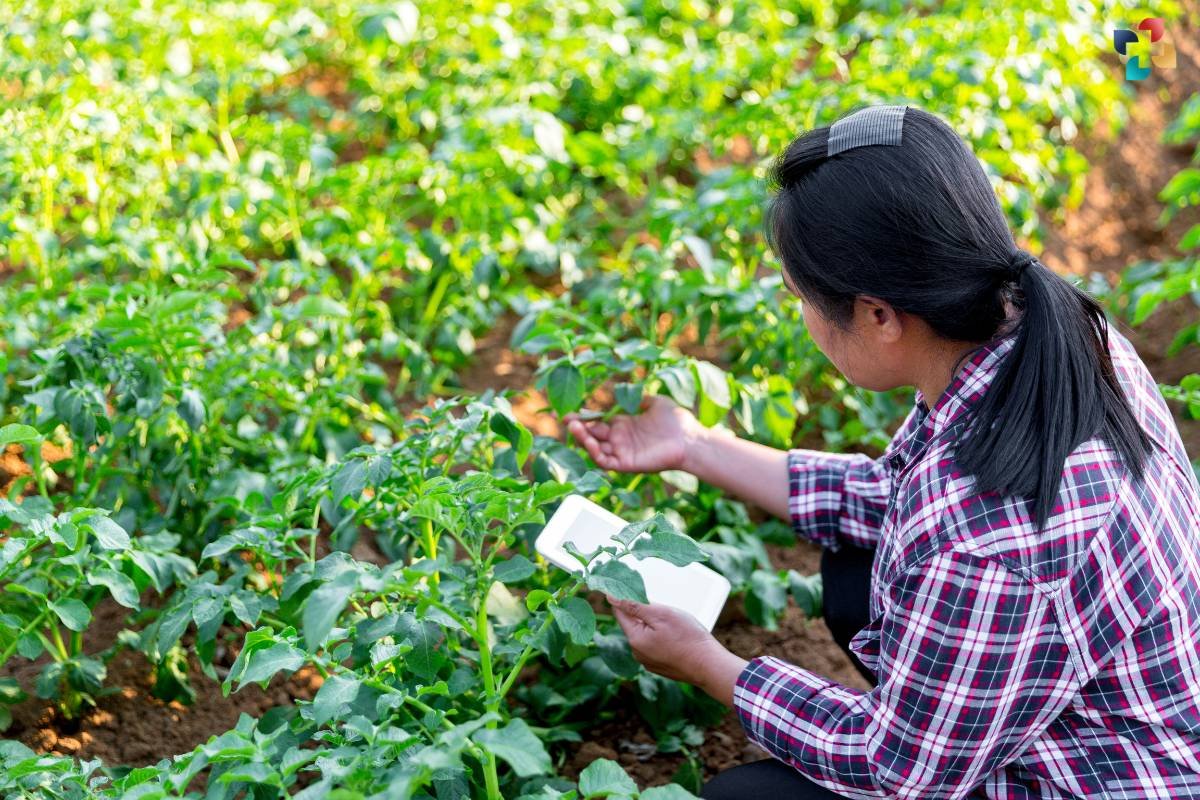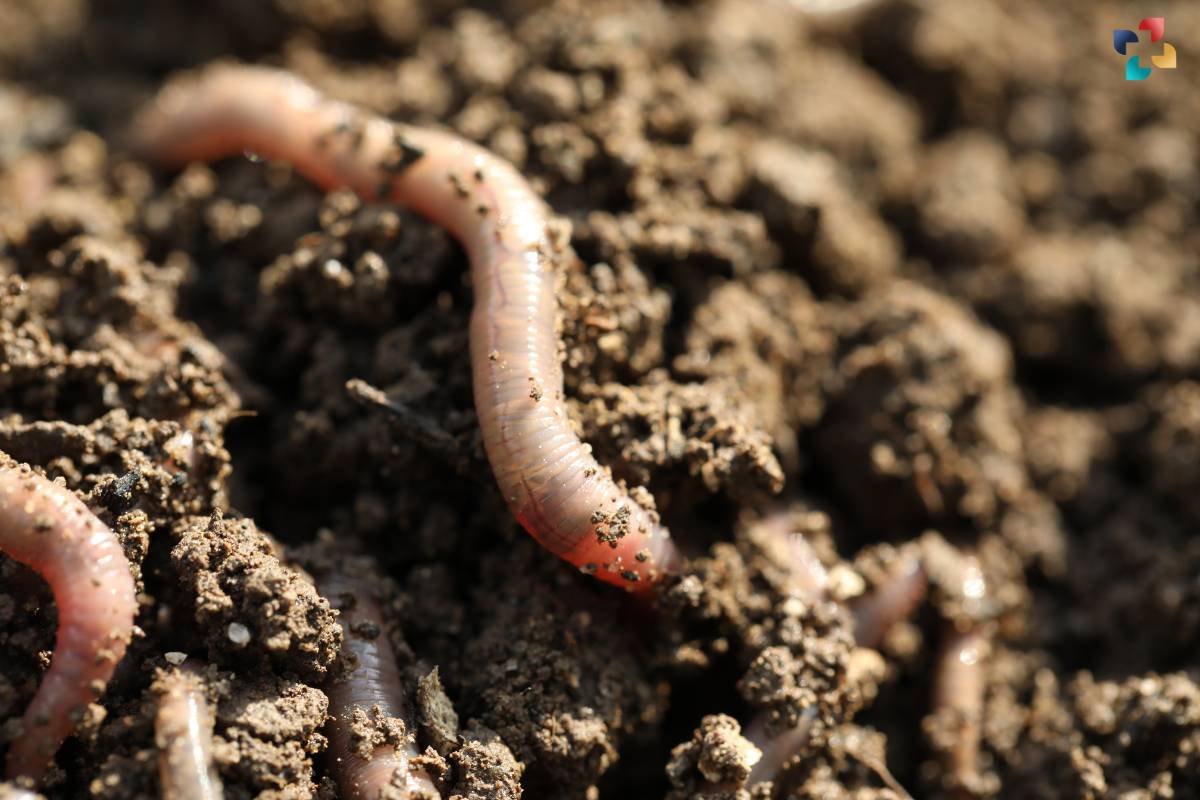A silent and sometimes disregarded enemy that poses a serious threat to plant health in the complex world of agriculture, where crop success is crucial, is the root-knot nematode. These tiny, soil-dwelling worms, which are members of the genus Meloidogyne, can severely damage a range of crops, reducing yields and jeopardizing the general productivity of agricultural systems. In this thorough investigation, we delve into the world of the root-knot nematode, learning about its biology, the harm it causes to plants, and management techniques.
The Stealthy Invader: Root-Knot Nematode Basics
1. Identification and Classification
Root-knot nematodes are roundworms belonging to the family Heteroderidae. Among the various nematode species, those in the genus Meloidogyne are notorious for their ability to form characteristic galls or knots on the roots of host plants. Identification often involves microscopic examination of these structures and other morphological features.
2. Life Cycle
The life cycle of the root-knot nematode is intricate, involving egg, juvenile, and adult stages. The nematode eggs hatch into juveniles that invade plant roots. Once inside the roots, they induce the formation of specialized feeding sites, leading to the characteristic galls. As the nematodes mature, they reproduce, and the cycle continues.
3. Host Range and Distribution
Root-knot nematodes are not selective when it comes to choosing hosts. They infect a wide range of plants, including vegetables, fruits, ornamental plants, and various crops. Their global distribution makes them a ubiquitous threat in diverse agricultural settings.
Symptoms of Infestation: Unraveling the Impact on Plants
1. Root Galling and Swelling
One of the hallmark symptoms of root-knot nematode infestation is the formation of galls or knots on the roots of infected plants. These structures disrupt the normal growth and function of roots, leading to swelling, deformation, and reduced nutrient uptake.
2. Stunted Growth and Yellowing
Infected plants often exhibit stunted growth and yellowing of leaves, a classic sign of compromised nutrient absorption. The nematodes disrupt the vascular system of the plant, impeding the efficient transport of water and nutrients.
3. Reduced Yield and Crop Losses

The cumulative impact of root-knot nematode infestation is a reduction in crop yield. Affected plants struggle to reach their full potential, leading to economic losses for farmers and potential food security challenges in affected regions.
Plant-Nematode Interaction: Molecular Dance Beneath the Soil
1. Nematode Feeding Sites
The success of root-knot nematodes lies in their ability to manipulate the plant’s physiology. They secrete proteins and other molecules that hijack the plant’s cellular machinery, inducing the formation of specialized feeding sites. These sites, or galls, serve as nutrient-rich havens for the nematodes.
2. Effectors and Plant Defense Responses
Root-knot nematodes release effector molecules into plant cells, suppressing the host’s defense mechanisms and redirecting resources for their own benefit. This molecular interaction is a sophisticated dance, with the nematodes often evolving to overcome plant resistance mechanisms.
3. Root Responses and Resistance Mechanisms
Plants, in turn, deploy an array of defense responses to nematode invasion. These include the activation of defense genes, the production of toxic compounds, and the reinforcement of cell walls. However, the nematodes have evolved mechanisms to counteract these plant defenses, perpetuating the arms race beneath the soil.
Management Strategies: Navigating the Battle Against Root Knot Nematodes
1. Crop Rotation
Crop rotation is a fundamental strategy in managing root-knot nematodes. By alternating susceptible and resistant crops, farmers can disrupt the nematode life cycle and reduce the buildup of populations in the soil.
2. Resistant Cultivars
The development and use of nematode-resistant cultivars represent a crucial component of integrated nematode management. Breeding programs focus on identifying and incorporating resistance genes into crop varieties, offering a sustainable and environmentally friendly solution.
3. Soil Amendments

Soil amendments, such as organic matter and certain biocontrol agents, can influence nematode populations. Organic materials improve soil structure and microbial activity, creating conditions less favorable for nematode survival.
Chemical Nematicides: Balancing Efficacy and Environmental Impact
1. Chemical Control Options
Chemical nematicides, while effective, come with environmental and economic considerations. These substances, often applied to soil or plant roots, aim to reduce nematode populations. However, their impact on non-target organisms and the development of resistance underscore the need for judicious use.
2. Biopesticides
Biopesticides, derived from naturally occurring organisms, offer a more sustainable alternative. Certain fungi, bacteria, and nematode-trapping fungi act as biocontrol agents, targeting root-knot nematodes without causing harm to the environment.
3. Integrated Pest Management (IPM)
The holistic approach of Integrated Pest Management emphasizes a combination of strategies to manage root-knot nematodes. By integrating cultural practices, resistant cultivars, and targeted chemical or biological controls, farmers can optimize nematode management while minimizing environmental impact.
Future Perspectives: Harnessing Innovation in Nematode Management
1. Biotechnological Solutions
Advances in biotechnology offer promising avenues for developing innovative solutions to manage root-knot nematodes. Genetic engineering techniques may enable the introduction of nematode-resistant traits into crops or the development of bioengineered organisms targeting nematodes.
2. Microbiome Manipulation
Understanding the role of soil microbiomes in nematode dynamics opens new possibilities for microbiome manipulation as a nematode management strategy. Harnessing beneficial microbes that antagonize nematodes or promote plant health is an evolving area of research.
3. Precision Agriculture

The application of precision agriculture technologies, such as remote sensing and data analytics, can enhance the targeted application of nematode management practices. By optimizing resource use and treatment application, precision agriculture contributes to sustainable nematode control.
Conclusion: Beneath the Soil Lies a Silent Struggle
The fight against the root-knot nematode in agriculture is a sophisticated chemical dance between microscopic nematodes and plant roots that takes place under the earth. The effects of this conflict ripple across fields, affecting crop health, yield, and farmers’ livelihoods.
The silent battle under the soil goes on as scientists, farmers, and creative thinkers work to solve the secrets of nematode biology and create sustainable management plans. Finding practical, eco-friendly solutions is still critical to protecting the world’s agricultural systems from the subtle but ubiquitous threat posed by the root-knot nematode.
Learn More On: https://thelifesciencesmagazine.com/








